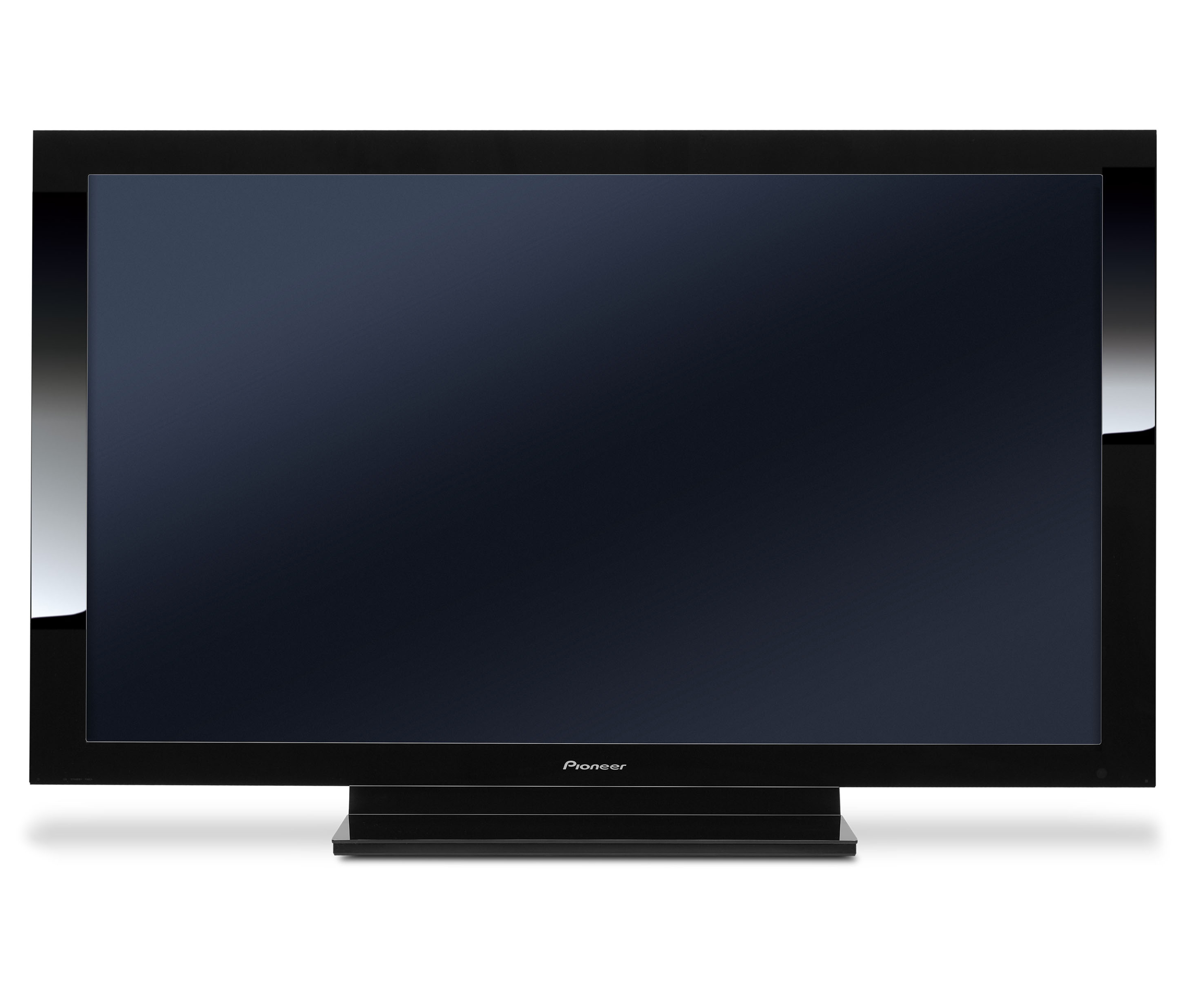
A Conservative Party think-tank is calling on plasma TVs and other consumer electronics goods to be banned in a bid to cut UK household CO2 emissions.
The Quality of Life Policy Group says caps should be set on every kind of electrical device from fridges to plasma TVs, PCs and DVD players. It calls for any device that exceeds that target to be removed from sale.
The proposals, which are to be officially unveiled on Thursday, are likely to be warmly welcomed by the Conservative Party leader David Cameron, according to Channel 4 News. We asked the UK's leading suppliers of plasmaTVs for their response. Fujitsu, Hitachi and Panasonic all declined to comment. This is what Pioneer had to say:
"Some years ago, Pioneer Europe signed a code of conduct with the EU Commission in which it was declared that we will inform customers, in advance, about the energy consumption of our TV sets by attaching a label to our TV products indicating three power consumption values (the power ON mode, the yearly energy consumption and the standby mode).
Eco-labelling for TVs
"Only a few manufacturers signed this voluntary agreement and the results did not show the expected outcome because often the labels were removed in the shops (for aesthetic reasons).
"We have therefore searched for a better way to inform customers about the energy consumption of our TV sets. Pioneer, as a member of an ad-hoc working group, is working together with the EU Commission and stakeholders from Member States to establish the ecological criteria for a Community eco-label for televisions.
"By this Commission decision, TV sets that comply to the different energy efficient ecological criteria set up by the decision will be granted the European eco-label, displayed as a flower (comparable to the A-G ranking labels for white goods).
Get daily insight, inspiration and deals in your inbox
Sign up for breaking news, reviews, opinion, top tech deals, and more.
Plasma TV energy use
"It is obvious that large screen displays use more energy than their smaller equivalents, however it is incorrect and exaggerated to say that these large screens are energy inefficient. The energy required by the 3 current technologies, CRT, LCD and PDP, is more or less the same.
"The energy required to light a surface of 1cm2 is almost the same for all types: 40-50mW/cm2. There is even a tendency for current CRT TV sets to consume more energy (60mWcm2) due to the 100Hz technology and the capability of displaying HD signals.
"Additionally, we would like to refer to the partnership with the EU that Pioneer has been granted for its European sustainable energy policy. This partnership is based on several voluntary agreements that Pioneer has signed and committed itself to to reduce the stand-by energy consumption to a strict minimum.
Standby power
"Company policy is a maximum standby power consumption of 1W. This results in a large yearly energy consumption reduction. Yearly energy consumption is calculated on the basis of 4 hours per day ON and 20 hours per day in standby. In comparison to a unit that consumes 3W in standby, our product saves 14.6kWh per year or approximately 7Kg CO2 per year (European averages).
"In fact our new range of televisions has one of the lowest energy consumptions - on average 364W (0.4W on standby). To put this into context the average kettle uses 2200W each time you boil it."